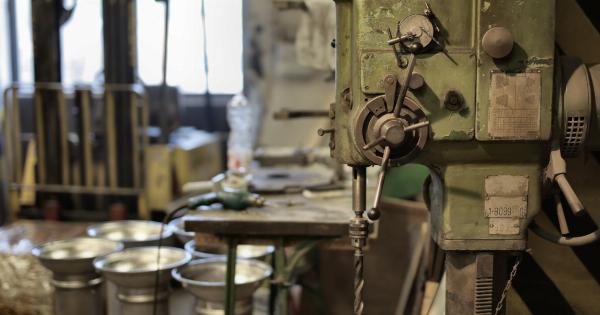Would you like to design your own baby? This may sound like a concept straight out of a science fiction novel, but recent advancements in technology and genetic engineering have raised ethical and moral questions about the possibility of selecting specific traits in unborn children. The idea of “designer babies” has generated significant debate, with proponents arguing that it can offer potential health benefits while opponents raise concerns about eugenics and the slippery slope it may lead to.
In this article, we will explore the concept of designer babies, the technologies involved, the ethical implications, and the future implications for society.
The Science Behind Designer Babies
Designer babies, as the term suggests, refers to the process of genetically modifying embryos to alter specific traits or characteristics.
This involves manipulating the genes of the unborn child by using techniques such as in vitro fertilization (IVF), preimplantation genetic diagnosis (PGD), and gene editing technologies like CRISPR-Cas9.
In Vitro Fertilization (IVF)
IVF is a process where an egg is fertilized by sperm outside of the body, in a laboratory dish. This method allows for the selection of embryos with desired traits before they are implanted into the mother’s uterus.
IVF has been used for decades to assist couples struggling with infertility, but it also opens the door to genetic selection.
Preimplantation Genetic Diagnosis (PGD)
PGD is a technique used in conjunction with IVF to screen embryos for specific genetic disorders or traits. It involves removing cells from the embryos and analyzing their genetic makeup before selecting the most suitable ones for implantation.
PGD has been primarily used to avoid inherited genetic diseases, but it can also be utilized for selecting traits like eye or hair color.
Gene Editing Technologies: CRISPR-Cas9
CRISPR-Cas9 is a revolutionary gene-editing technology that allows scientists to modify specific genes within an organism. It works by guiding a molecular “scissors” to the desired location on the DNA strand and making targeted changes.
While CRISPR-Cas9 holds immense potential for treating genetic disorders, it also raises concerns about its application for cosmetic modifications in embryos.
The Ethical Implications
The concept of designing babies raises a plethora of ethical concerns. One of the primary concerns is the potential for eugenics, where the selection of desirable traits could lead to an unequal and divided society.
Additionally, there are worries about the commodification of children, as parents may feel pressured to design their babies to meet societal expectations rather than allowing natural variation.
Regulating Designer Babies: Legal and Moral Considerations
With the rapid advancements in genetic engineering, it becomes crucial to establish regulations and guidelines for the ethical use of designer baby technologies.
Currently, different countries have varying laws on the matter, with some prohibiting certain procedures outright and others allowing them under strict regulations. It is essential to strike a balance between scientific progress and preserving the fundamental rights and dignity of human life.
The Future Implications for Society
The advent of designer babies could have profound implications for society as a whole. On one hand, it could lead to improved health outcomes, eradicating genetic diseases and enhancing overall well-being.
On the other hand, it may exacerbate existing societal inequalities and lead to a loss of diversity. It is crucial for society to engage in thoughtful discussions and debates to determine the boundaries and consequences of genetic modification.
Conclusion
Designing our own babies is a complex and controversial topic that raises numerous ethical and moral questions.
While the potential benefits of genetic modification are undeniable, it is crucial to consider the broader societal implications and ensure that stringent regulations are in place. The future of designer babies remains uncertain, and it will require extensive dialogue and reflection to navigate this uncharted territory.




























